The Eiffel Tower, a symbol of Paris and romance, is more than just a beautiful sight. Standing tall in the City of Light, it’s a testament to French engineering and a reminder of the country’s industrial prowess.

A Monument to Engineering and Innovation
This iconic landmark was designed as the centerpiece of the 1889 World’s Fair, commemorating the French Revolution’s centennial. The tower’s construction, completed in a remarkably short time, was a feat of engineering. Gustave Eiffel’s team used 7,300 tons of iron and 2.5 million rivets, showcasing their technical mastery. During the fair, the Eiffel Tower welcomed over two million visitors, solidifying its place as a symbol of France’s modern industrial strength.
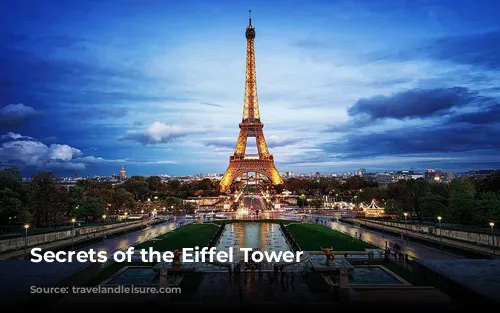
Unveiling the Eiffel Tower’s Secrets
But there’s more to this Parisian gem than meets the eye. Despite its fame, the Eiffel Tower still holds secrets. Let’s dive into some little-known facts that reveal its fascinating history and design.

A Controversial Masterpiece
The Eiffel Tower’s silhouette has been replicated worldwide, yet its design wasn’t universally adored. Before its completion, renowned artists, including Guy de Maupassant, Alexandre Dumas, and others, signed a public letter protesting the tower’s construction. They criticized its “barbaric mass” and feared it would overshadow Paris’s architectural heritage. Fortunately, the Eiffel Tower triumphed over these objections and stands proudly today.
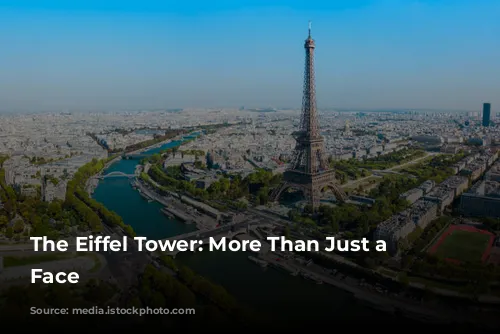
Gustave Eiffel’s Personal Touch
The tower’s top level was reserved for its creator, Gustave Eiffel. He designed a private apartment where he hosted famous guests like Thomas Edison. This space has been transformed into a recreation of Eiffel’s office, open to the public, offering a glimpse into the man behind the monument.

A Collaborative Effort
While the Eiffel Tower is named after Gustave Eiffel, its design was actually the work of two engineers from his company, Maurice Koechlin and Emile Nouguier. To soften public concerns about the tower’s initial design, they collaborated with architect Stephen Sauvestre to refine its appearance. Their design ultimately beat out over 100 other proposals to become the main attraction of the 1889 World’s Fair.
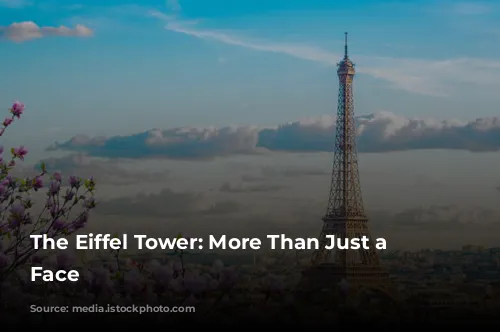
A Tower With a Near-Death Experience
The Eiffel Tower was intended to be a temporary structure, meant to be demolished after 20 years. However, Gustave Eiffel cleverly incorporated a radio antenna and wireless telegraph transmitter into the tower’s design. This innovation proved the value of radio communication and secured a 70-year extension for the tower. The Eiffel Tower, far from being demolished, has become an inseparable part of Paris’s identity.
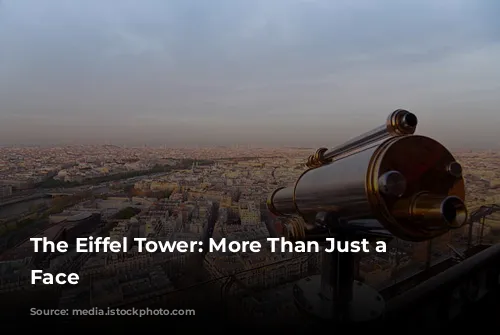
A Tower Almost Lost to War
During World War II, the Eiffel Tower narrowly escaped destruction. As the Nazis lost control of Paris, Adolf Hitler ordered the city’s demolition, including the tower. Fortunately, Allied forces intervened before the order could be carried out. Though air raids caused some damage, the Eiffel Tower survived the war intact.
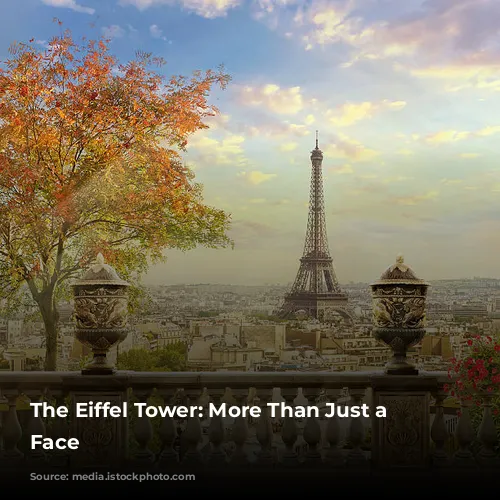
More Than Just a Tower
The Eiffel Tower has been a source of innovation and transformation, hosting a variety of businesses and scientific endeavors over the years. It has served as a post office, a theater, a scientific laboratory, and even housed the offices of a newspaper.
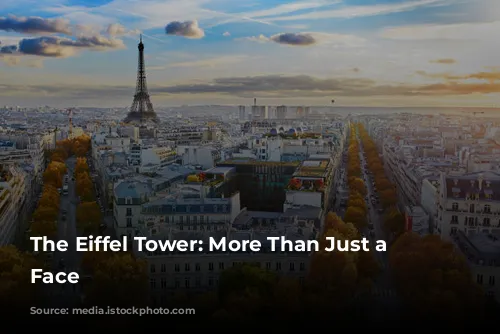
A Tower That Moves
The Eiffel Tower is a dynamic structure, influenced by the elements. Its massive iron frame is wind-resistant, swaying during storms. The heat of the sun causes the iron to expand, making the tower grow slightly in summer. It also leans away from the sun as one side heats up faster than the others.
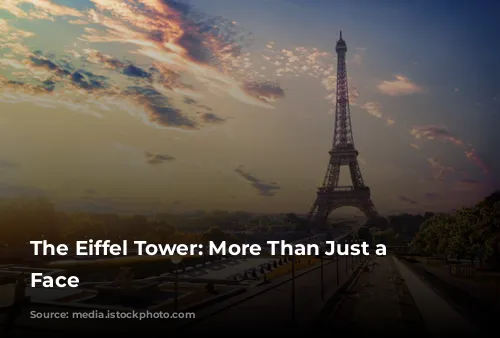
A Tower Honoring Science
The Eiffel Tower pays homage to the scientific pioneers of the 19th century. Engraved on the first floor are the names of 72 French scientists and engineers. These tributes were painted over in the early 20th century but were restored in the late 1980s, making them visible once again.
A Tower That Requires Constant Care
Keeping the Eiffel Tower in pristine condition requires a dedicated team of painters. To protect the structure from rust, pollution, and other damaging factors, 50 specially trained painters regularly inspect the tower for corrosion. They strip away worn sections, apply anti-rust primer, and repaint the tower with 60 tons of paint, all by hand. This meticulous process can take up to three years, depending on weather conditions.
A Tower That Lights Up the Night
The Eiffel Tower’s light show has evolved over the years, transforming it into a dazzling spectacle. From the initial display financed by Andre Citröen in 1925 to the modern 20,000-bulb display that lights up the night sky, the Eiffel Tower’s illumination has become a renowned attraction.
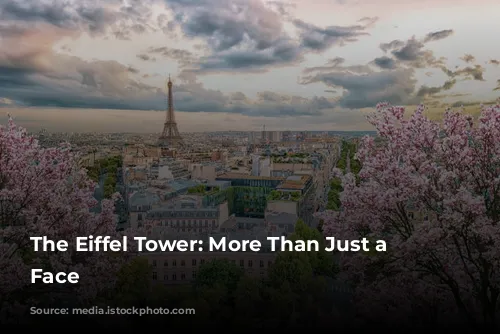
A Symbol of French Ingenuity and Beauty
The Eiffel Tower, a testament to French engineering, stands as a beacon of innovation and artistry. Its captivating history, hidden secrets, and enduring presence make it a captivating destination that continues to inspire and awe.
Bonus Facts
- The Eiffel Tower was once the tallest building in the world, holding the title for 40 years.
- Gustave Eiffel, the tower’s namesake, was also involved in designing the Statue of Liberty. He provided expertise on the statue’s iron framework, demonstrating his mastery in this field.
- While the Eiffel Tower itself is in the public domain, its illumination is protected by copyright. However, this only applies to professional photography. Feel free to snap personal photos of the Eiffel Tower and its stunning light show.
If you ever find yourself in Paris, be sure to climb the Eiffel Tower and savor the breathtaking views. It’s an experience you’ll never forget.
